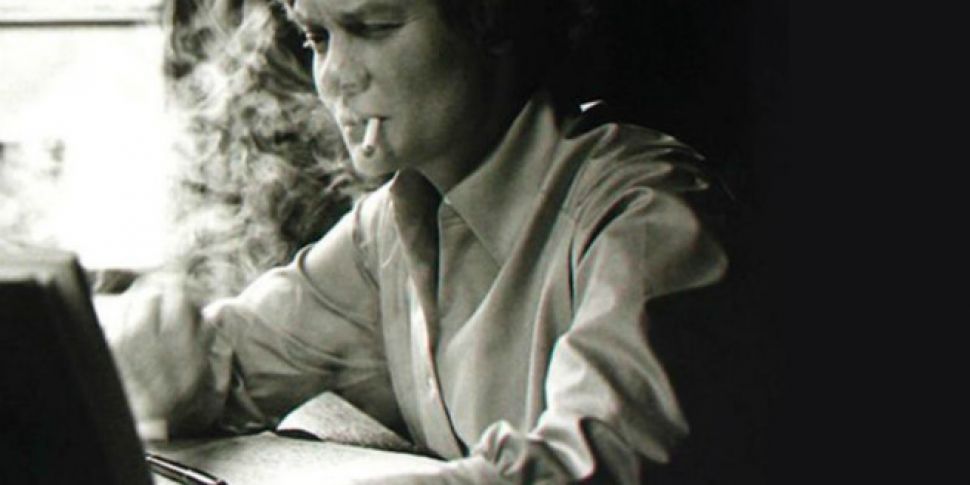Iris Murdoch escapes definition. She melded from form to form throughout her life, laying claim to identities before changing them or simply casting them aside. What she did have was an incredibly strong intellect, character, and appetite for intimacy. From this she forged a legacy of novels, philosophies, and relationships.
Iris was a prolific correspondent and left countless letters behind. A wonderful resource for researchers and biographers Professor Avril Horner and Dr Anne Rowe have collected and edited these into Living on Paper: Letters from Iris Murdoch 1934-1995. Intimate and revealing these letters offer a wonderful window not only into Iris’ life and thinking but also her relationships and how her heart might have worked.
Born in Phibsborough in 1919 Iris grew up in London, the only child of loving parents. A gifted intellect she excelled in school and university. In 1948 she was made a fellow of St Anne’s College, Oxford where she thought philosophy. Though highly thought of as a thinker Murdoch’s main legacy was her novels and their exploration of sexuality, morality, identity, and the unconscious.
These themes offer an insight into some of what concerned Murdoch the most.
Possessed of a strong need for intimacy Murdoch had many intense relationships during her life. There was often little time between these affairs and her personality would sometimes shift and change to suit and accommodate the newest person in her life.
There were few restrictions on Murdoch’s appetite either. Man, woman, young, old, the only constant between her lovers seems to have been brilliance and genius, or at least the potential for such. The love and affection, on both sides, always seem to have been genuine.
While this seems impossible territory for a marriage to flourish, Murdoch was able to maintain a loving relationship for more than 40 years with her husband John Bayley. Unimpressed by sex Bayley was seemingly unperturbed by his wife’s affairs. Where each new lover brought fresh changes in Murdoch, Bayley offered an anchor to which she could always return.
This lifestyle allowed Murdoch to flourish as an artist and thinker.
Relationships were the coals that fired Murdoch’s creativity. As Anne explained: “Getting to know people, getting to know what made them tick, getting to know the real details of their life and their feelings was something that she needed and she coveted“.
Talking Books’ host, Susan Cahill, spoke with Anne and Avril about Murdoch’s life and personality. Why were her relationships and affairs so important to her writing and thought?
Susan also talked with critic, designer, and writer Professor Jacky Bowring about her Field Guide to Melancholy and why this emotion is an important part of being human that should be embraced.
This week’s music to read to
The show opens with Heinali’s Little by Little with Sheanandoah by Goldmund bringing part one to a close. The show ends with Goldmund’s Parhelia.









